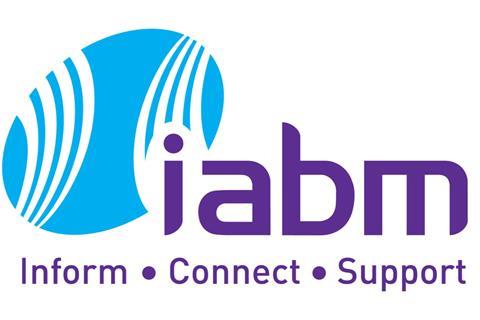When it comes to content experiences available to consumers worldwide, I am reminded of the opening lines of Dickens’ “Tale of Two Cities.” We truly do live in the best – and worst – of times, writes Hoppr Chief Revenue Officer Emilia Ong.
On the one hand, access to high-quality content has never been more plentiful or accessible. Movies and exceptional episodic TV is available through a growing number of content providers leveraging an array of business models to bring their entertainment experiences to market through subscription and advertising video-on-demand services (SVOD and AVOD).

On the other hand, effectively and efficiently finding content to enjoy has never been more challenging. A growing number of consumers are expressing frustration with a “tyranny of choice” that has not only added significantly to the time it takes to discover – and then deliver – content for consumption. Adding insult to injury, the cost of subscribing to multiple SVOD services has cut deeply into any savings many consumers may have enjoyed when they decided to cut the cord and drop conventional cable video services.
As we move into an uncertain economic future fueled by global inflationary pressures, consumers are embracing AVOD offerings. The challenge is that, while the strategy alleviates the financial burden for households, it exacerbates the complexity associated with content discovery.
The convergence of these critical – and sometimes conflicting – trends has created a strategic opportunity for network service providers (NSPs) and PayTV operators to reintroduce themselves as managers of complexity and arbiters of experiences. It opens the door for NSPs and operators to play a significant role in supporting two key constituents.
- For consumers, many telcos and cable providers are rolling out new solutions that address the challenges associated with “search and discovery” across multiple content service providers.
- For advertisers, network service providers and PayTV operators are emerging as a logical point of data aggregation and consumer behavior analysis. It is a function that will only rise in importance with the impending “cookie apocalypse,” making first-party data under the stewardship of NSPs extremely valuable.
NSPs that want to avoid betting the future of their business on simply providing commoditised high-speed broadband access are implementing strategies rooted in content aggregation and personalisation. It is increasingly seen as the key to retaining current customers while attracting new subscribers.
Beyond Content Curation, Relevant Personalised Product Recommendations
In the short-run, immediate success will hinge on operators presenting – and curating – a mix of content and streaming services consumers want by cutting through the complexity caused by today’s highly fragmented streaming environment. Over the long run, however, high-quality personalised user experiences are likely to include a combination of relevant content and product recommendations delivered at the right time to the right user in the proper context.
Few doubt that user satisfaction rises when consumers are exposed to relevant content recommendations across all services to which they subscribe. There is growing evidence suggesting consumer appreciation for being exposed to “products and services” that are relevant to their interests based on content choices.
This requires a much more sophisticated approach to serving up ads than current digital advertising practices. As the number of AVOD services rises – with the same content often available through multiple content providers – the ability for advertisers to connect effectively will be determined by “what” ads are presented “when” and for “how long.” Relevant content and product recommendations should be delivered in a seamless manner that feels natural to the viewer.
Creating these personalised experiences will require PayTV operators to rethink how advertising is presented on their platforms beyond the standard “ad break” in order to achieve a user experience that operates seamlessly in a “human-centric” manner.
Technological advances in digital advertising, first seen in web search and mobile, are now able to be applied in the evolving TV and streaming landscape. Leveraging new technologies to introduce personalised ad experiences in today’s crowded video content market will be critical for maintaining customers while generating new revenue.
Taken together, these trends explain why European Pay TV operators and network service providers plan to expand investments in digital advertising initiatives to generate high-margin revenue streams from brand managers and marketing agencies over the months and years to come, according to a BTR-100 survey commissioned by Hoppr.
Just over three quarters (75.7%) of NSP executive respondents indicated plans to generate more programmatic advertising revenues over the next twelve months versus the past year. As a result, 72.8% of organisations in the European survey plan to invest more in developing digital advertising programs and platforms.
In so doing, executives are exploring new business models, advertising technologies, and personalisation solutions that will provide consumers access to relevant offerings without disrupting end-user entertainment experiences.



















![Fiona_Campbell-1[1] 3x2](https://d3dh6of9cnaq4t.cloudfront.net/Pictures/100x67/3/1/6/24316_fiona_campbell113x2_786233.jpg)









No comments yet